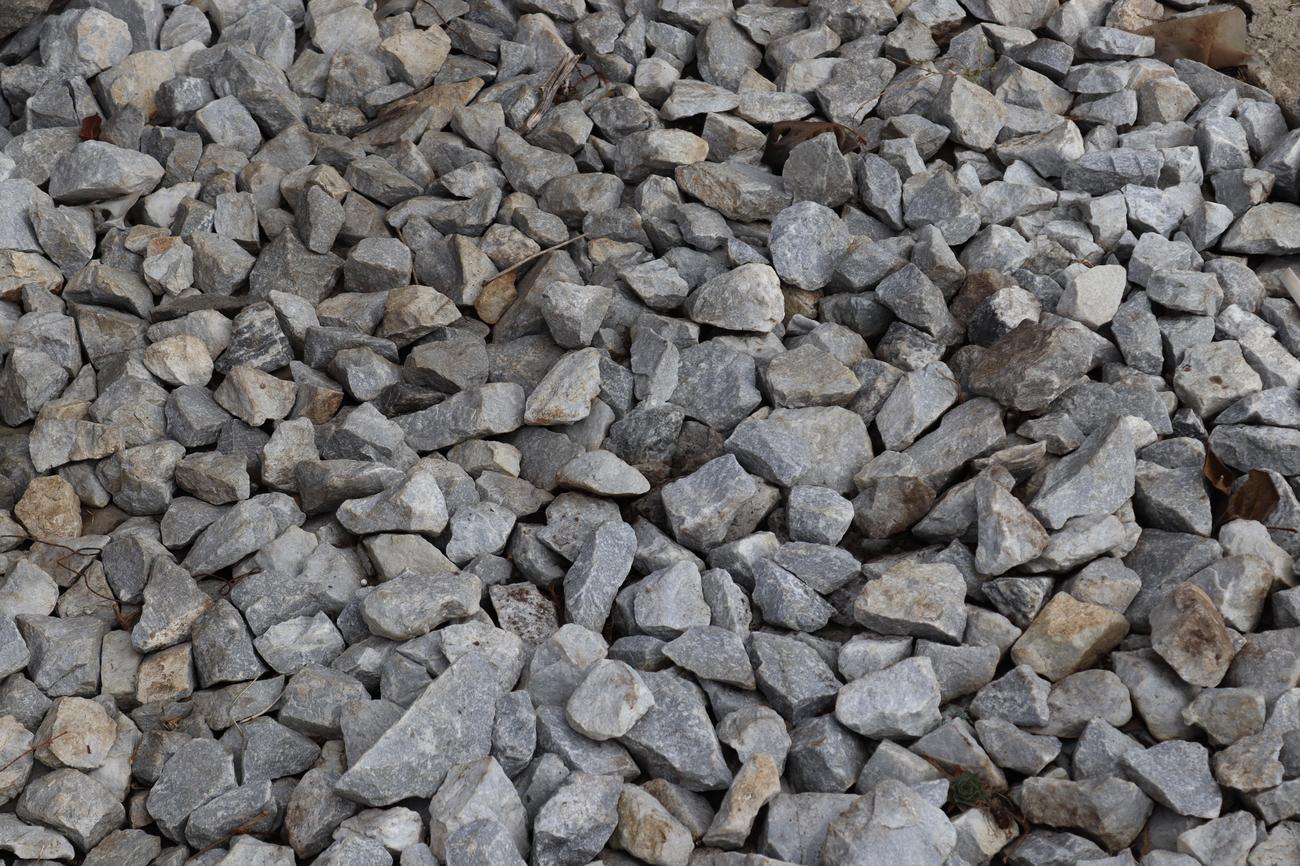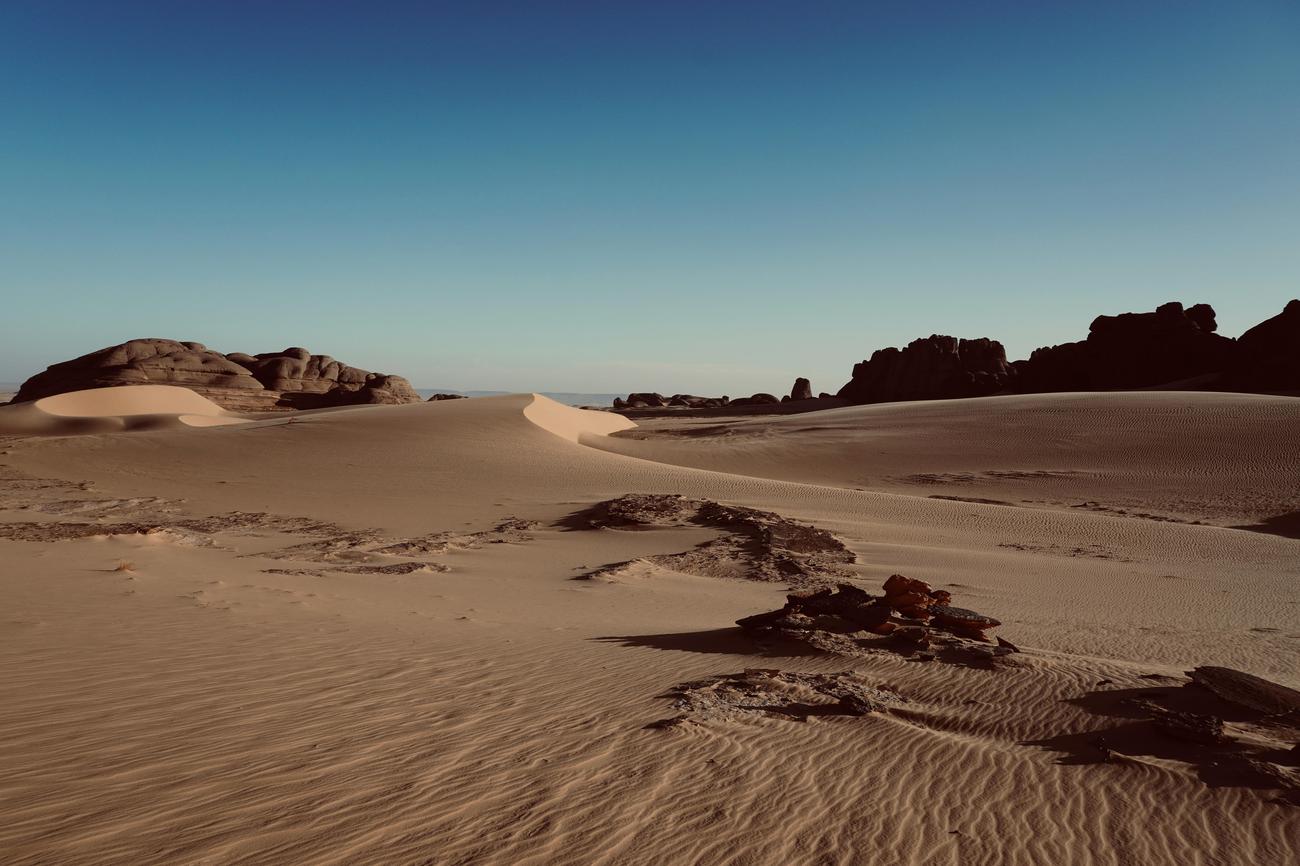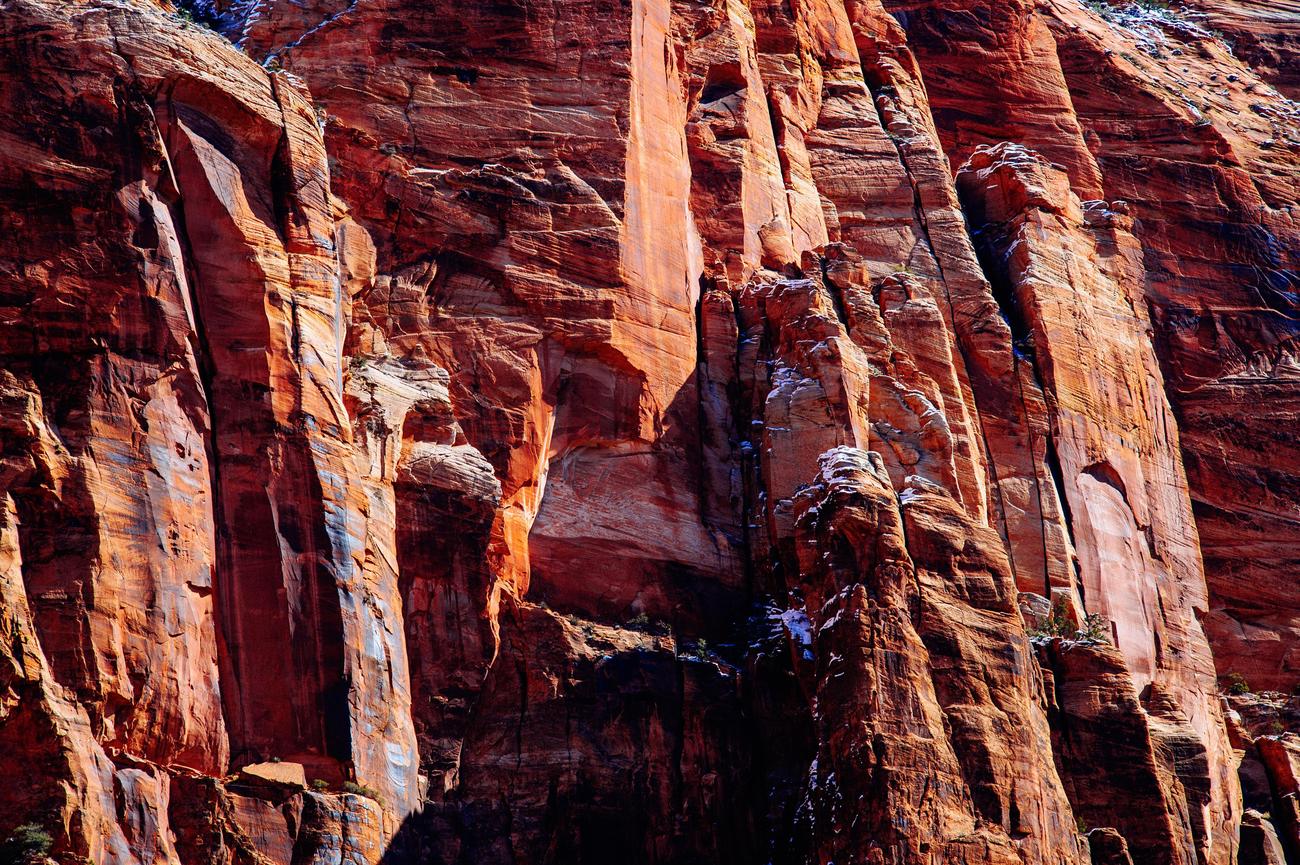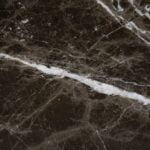Are you ready to take a journey into the depths of the Earth and unravel the mysteries of one of its most enduring creations? Join me as we embark on an exploration of the enigmatic formation of granite, a timeless rock that has captivated geologists and enthusiasts alike for centuries. In this article, we will dive deep into the intricate details of how granite is formed, peeling back the layers of geological processes and unveiling the secrets held within this magnificent natural phenomenon. So, buckle up and get ready to unearth the captivating story behind the formation of granite rock.

Formation of Granite Rock
Granite, a pervasive and captivating rock, has been a subject of fascination for geologists and rock enthusiasts alike. From its alluring colors to its durable texture, granite holds many mysteries that unfold upon closer inspection. In this article, we will peel back the layers and delve into the enigmatic Formation of granite rock, exploring the intricate processes that shape this timeless beauty.
To understand how granite forms, we must first journey into the depths of the Earth’s crust, where the conditions for its creation lie. Granite is an igneous rock, meaning it forms from the cooling and solidification of molten rock material called magma. The key to granite’s composition lies in its high silica content and the presence of minerals such as quartz, feldspar, and mica.
The cooling process of granite is a slow and patient one. As the magma cools deep beneath the Earth’s crust, it experiences high levels of heat and pressure. This slow cooling allows the minerals within the magma to crystallize and solidify over an extended period, thus giving granite its characteristic large crystals and hard texture. Imagine the process as a gourmet chef simmering a delectable sauce for hours, patiently waiting for the flavors to meld and intensify.
But what factors contribute to the formation of granite? There are several fascinating mechanisms that can give birth to this remarkable rock. One such process is the addition of heat or water vapor to lower crustal rock. This heat or water vapor acts as a catalyst, transforming existing rock into granite through a series of chemical reactions. It’s almost like a magical alchemy, where the right ingredients create a wholly new and captivating substance.
Another mechanism involves the subduction of sediments with oceanic plates. As these plates plunge beneath the Earth’s surface, immense pressure and heat cause the sediments to metamorphose into granite. It’s like witnessing the transformative power of nature, as ordinary sediments are transmuted into a majestic rock that can withstand the test of time.
A third fascinating process is the rise of basaltic magmas beneath continents. The intense heat and pressure generated by these rising magmas lead to the partial melting and assimilation of existing crustal rocks, resulting in the formation of granite. It’s akin to witnessing the birth of a phoenix, where new life emerges from the fiery crucible of the Earth’s mantle.
Throughout its formation, granite exhibits variations in color due to the chemical composition of the feldspar present. Feldspar, a crucial mineral in granite, comes in different chemical compositions. These variations give rise to the diverse colors we observe in granite, ranging from stunning shades of gray and pink to enchanting hues of black and green. It’s as if nature mixed an artist’s palette and painted these rocks with colors as vibrant as our imagination.
In conclusion, the formation of granite rock is a testament to the geological wonders that shape our planet. Through slow cooling, high pressures, and fascinating mechanisms such as the addition of heat or water vapor, subduction of sediments, and the rise of basaltic magmas, granite emerges as a steadfast and enduring rock of immense beauty. With its large crystals, hard texture, and captivating colors, granite stands as a masterpiece of nature’s craftsmanship. Now, the next time you encounter a granite countertop or gaze upon a granite mountain, you can appreciate the awe-inspiring journey this timeless rock has taken to grace our world with its presence.
“As the Earth’s crust dances with heat and pressure, granite emerges, a symphony of minerals frozen in time.”
Granite rock is not only visually stunning but also holds many fascinating secrets. If you’re curious to uncover the captivating world of granite rock, we invite you to explore our collection of Fun Facts About Granite Rock. Discover the hidden beauty and remarkable properties that make granite rock an intriguing geological marvel. From its unique composition to its diverse range of uses, you’ll be amazed by what you’ll learn. So, why wait? Click here to delve into the captivating world of granite rock: Fun Facts About Granite Rock.

FAQ
Question 1
What is granite?
Answer 1
Granite is an igneous rock formed from the cooling of magma rich in silica and minerals like quartz, feldspar, and mica.
Question 2
How is granite formed?
Answer 2
Granite is formed through the slow cooling of magma deep beneath the Earth’s crust, where there is high heat and pressure. The slow cooling process and the high pressure result in large crystals and a hard texture.
Question 3
What gives granite its color?
Answer 3
The color of granite varies depending on the chemical composition of the feldspar present in the rock. Different types of feldspar can appear as various colors, such as pink, white, gray, or black.
Question 4
What are the different ways in which granite can form?
Answer 4
Granite can form in different ways. It can be formed through the addition of heat or water vapor to lower crustal rock, the subduction of sediments with oceanic plates, or the rise of basaltic magmas beneath continents.
Question 5
What are the unique features of granite?
Answer 5
Granite is known for its large crystals and hard texture, which are a result of its slow cooling and high pressure formation process. Additionally, granite is resistant to weathering and erosion, making it a durable rock commonly used in construction and ornamentation.
- SYBAU See You Baby Meaning: Gen Z Slang Evolves - July 1, 2025
- Unlock Your Inner Youth: Lifestyle Secrets for a Vibrant Life - July 1, 2025
- Decode SYBAU Meaning: Gen Z Slang Explained - July 1, 2025






